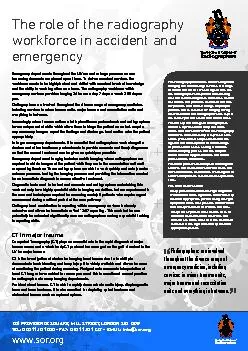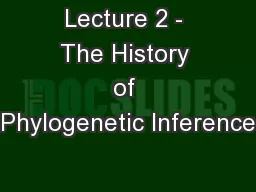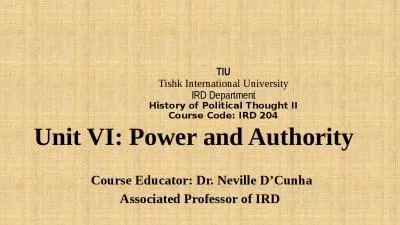PPT-Unit Five Schools of Thought throughout History
Author : teresa | Published Date : 2024-01-03
41 Classical Criminology In the early nineteenth century great advances were made in the natural sciences and in medicine Physicians in France Germany and
Presentation Embed Code
Download Presentation
Download Presentation The PPT/PDF document "Unit Five Schools of Thought throughout..." is the property of its rightful owner. Permission is granted to download and print the materials on this website for personal, non-commercial use only, and to display it on your personal computer provided you do not modify the materials and that you retain all copyright notices contained in the materials. By downloading content from our website, you accept the terms of this agreement.
Unit Five Schools of Thought throughout History: Transcript
Download Rules Of Document
"Unit Five Schools of Thought throughout History"The content belongs to its owner. You may download and print it for personal use, without modification, and keep all copyright notices. By downloading, you agree to these terms.
Related Documents














